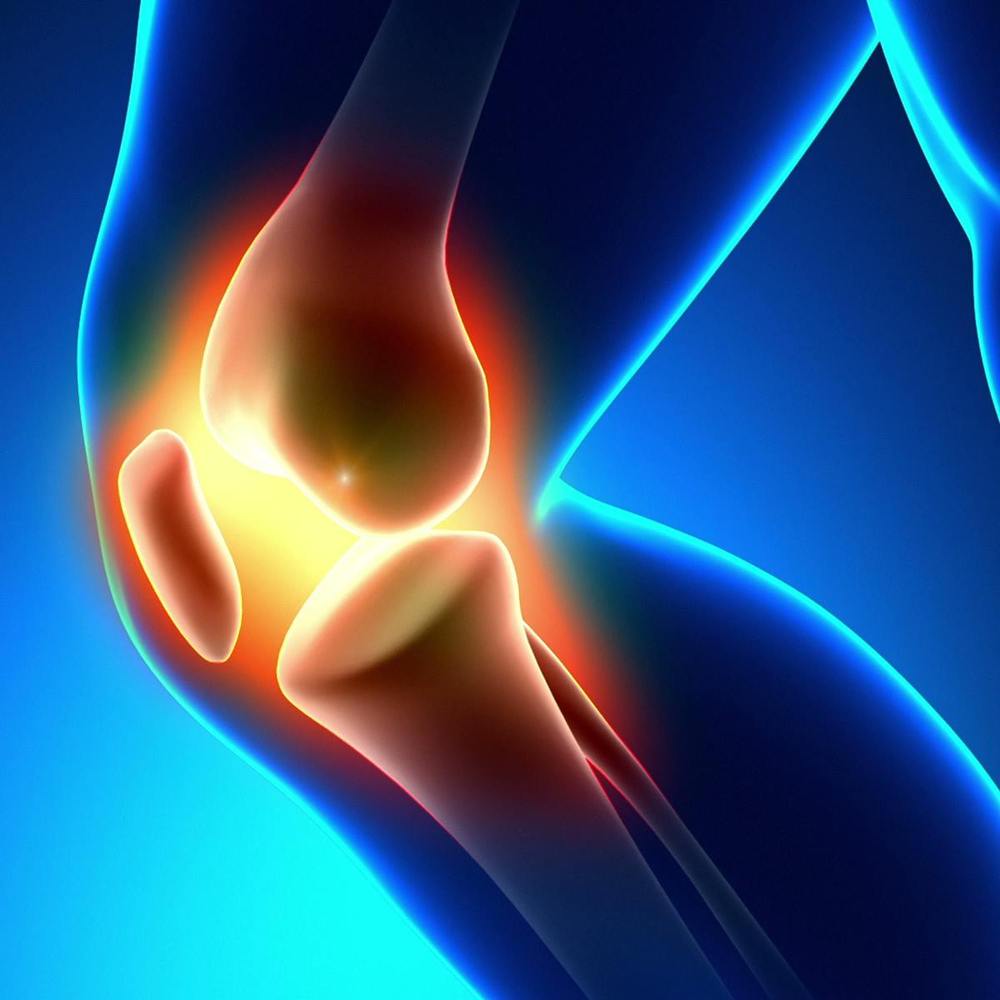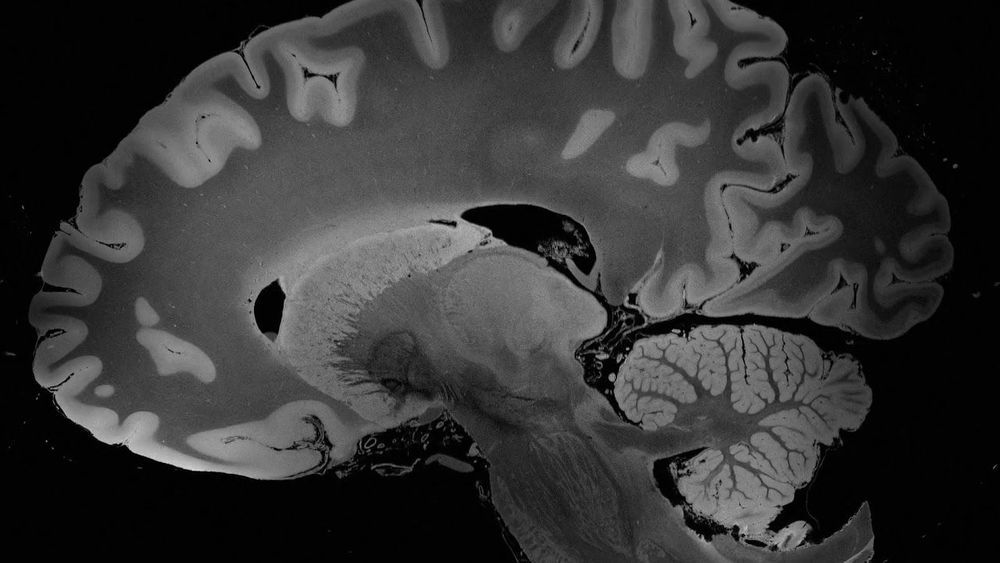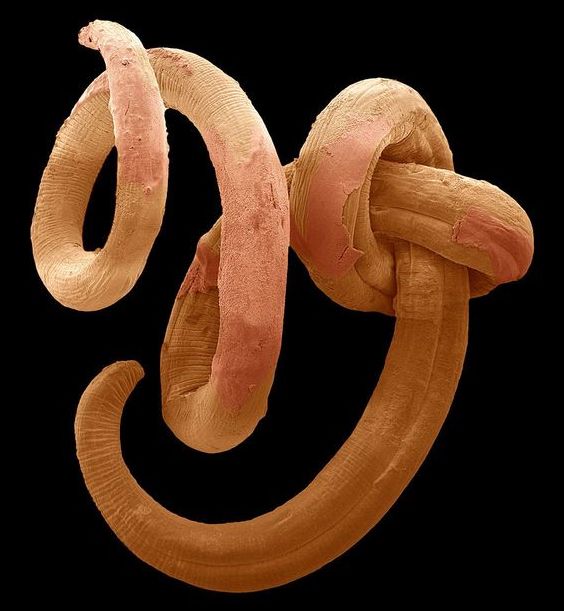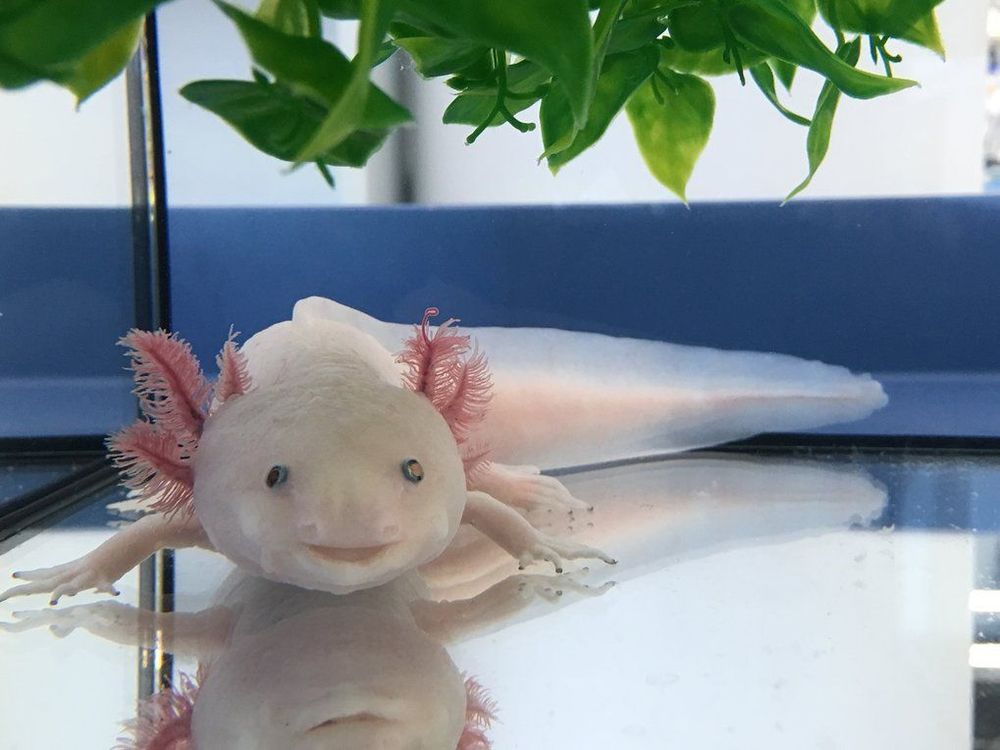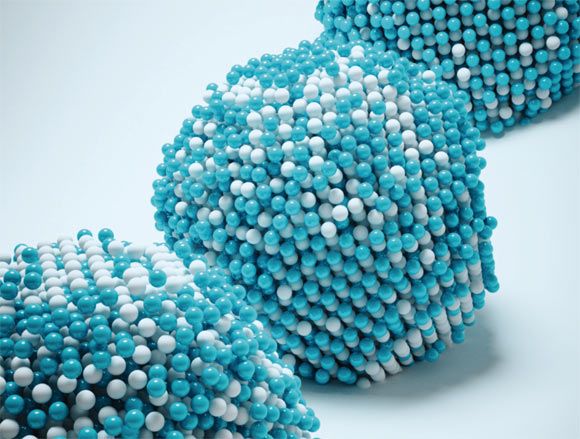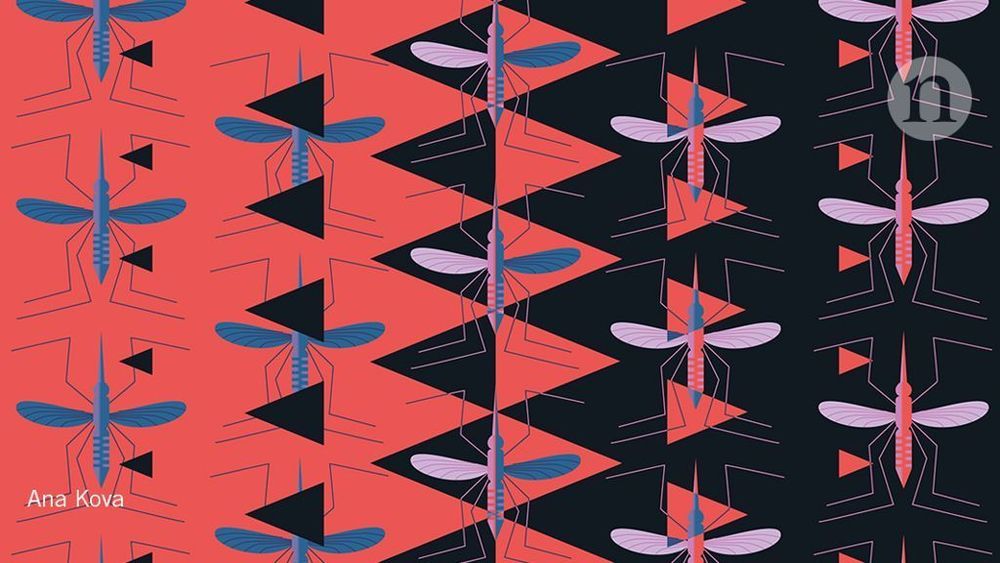Archive for the ‘biotech/medical’ category: Page 2037
Jul 11, 2019
ideaXme — Eugene Borukhovich, Global Head, Digital Health Incubation (G4A) at Bayer — Ira Pastor
Posted by Ira S. Pastor in categories: aging, big data, bioengineering, biotech/medical, business, computing, drones, electronics, finance, health

Jul 11, 2019
A Special Class of Proteins Offers Promising Targets for Drugs for Cancer and Alzheimer’s
Posted by Brady Hartman in categories: biotech/medical, neuroscience
Jul 10, 2019
A 100-hour MRI scan captured the most detailed look yet at a whole human brain
Posted by Paul Battista in categories: biotech/medical, neuroscience
Jul 10, 2019
Gut worms were once a cause of disease, now they are a cure Essays
Posted by Paul Battista in categories: biotech/medical, health, neuroscience
We need worms
You might think they are disgusting. But our war against intestinal worms has damaged our immune systems and mental health.
William Parker
Jul 10, 2019
A Link Between Telomere Shortening and Species Aging
Posted by Steve Hill in categories: biotech/medical, genetics, life extension
A recently released study from Maria Blasco and her team of researchers at the Spanish National Cancer Research Center (CNIO) shows that the rate of telomere shortening is strongly correlated with the maximum lifespan of animal species.
Telomeres
Telomeres, which are simply repeating segments of DNA on the ends of our chromosomes, serve two critical functions: They protect the ends of our chromosomes, preventing genetic damage, and they serve as a clock, limiting the number of times that our cells can divide. This limit, known as the Hayflick limit, serves as a basic defense against cancer. However, telomere attrition is a primary hallmark of aging and leads to cellular senescence and other age-related disorders.
Jul 10, 2019
Decoding the Axolotl genome
Posted by Quinn Sena in categories: biotech/medical, genetics
A team of researchers led by scientists in Vienna, Dresden and Heidelberg has decoded the entire genetic information of the Mexican salamander axolotl. The axolotl genome, which is the largest genome ever to be sequenced, will be a powerful tool to study the molecular basis for regrowing limbs and other forms of regeneration.
Salamanders have long served as valuable biological models for developmental, regeneration and evolutionary studies. In particular, the Mexican axolotl Ambystoma mexicanum has received special attention due to its astounding ability to regenerate body-parts. If the cannibalistically inclined animal loses a limb, it will regrow a perfect substitute within weeks, complete with bones, muscles and nerves in the right places. Even more fascinating, the axolotl can repair severed spinal cord and retinal tissue. These qualities and the relative ease in breeding have made it a favourite biological model, cultivated in the lab for more than 150 years.
Jul 10, 2019
Physicists Capture Atomic Motion in 4D
Posted by Genevieve Klien in category: biotech/medical
A process called nucleation plays a critical role in many physical and biological phenomena that range from crystallization, melting and evaporation to the formation of clouds and the initiation of neurodegenerative diseases. However, nucleation is a challenging process to study experimentally, especially in its early stages, when several atoms or molecules start to form a new phase from a parent phase. Now, a team of physicists led by the University of California, Los Angeles has used a method called atomic electron tomography to study early-stage nucleation in four dimensions (that is, in three dimensions of space and across time) at atomic resolution.
Jul 10, 2019
Self-destructing mosquitoes and sterilized rodents: the promise of gene drives
Posted by Derick Lee in categories: bioengineering, biotech/medical, genetics
The technical challenges are not as daunting as the social and diplomatic ones, says bioengineer Kevin Esvelt at the Massachusetts Institute of Technology (MIT) Media Lab in Cambridge, who was among the first to build a CRISPR-based gene drive. “Technologies like this have real-world consequences for people’s lives that can be nearly immediate.”
Altering the genomes of entire animal populations could help to defeat disease and control pests, but researchers worry about the consequences of unleashing this new technology.
Jul 9, 2019
EVER Pharma Expands European Market for D-mine Pump for Parkinson’s
Posted by Paul Battista in category: biotech/medical
Read more about D-mine Pump, a portable micro-infusion pump designed to continuously deliver therapies to patients with Parkinson’s disease.
